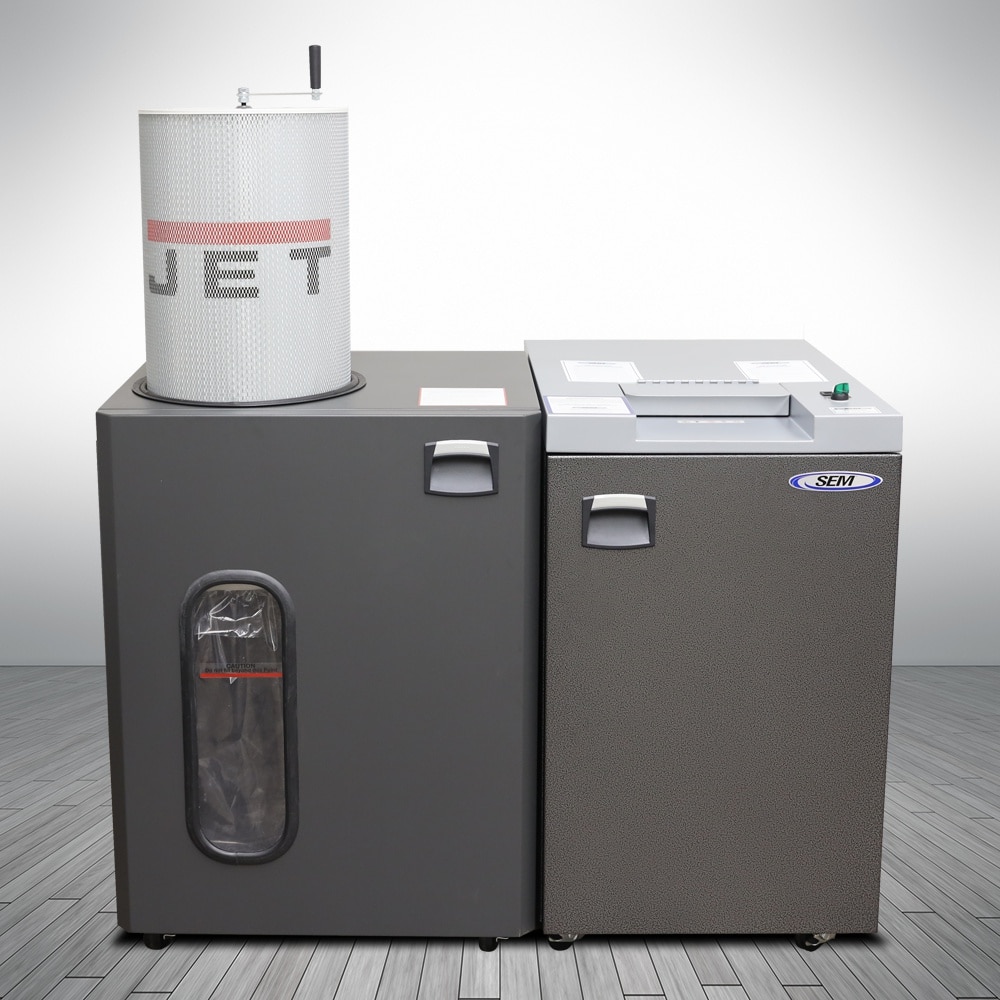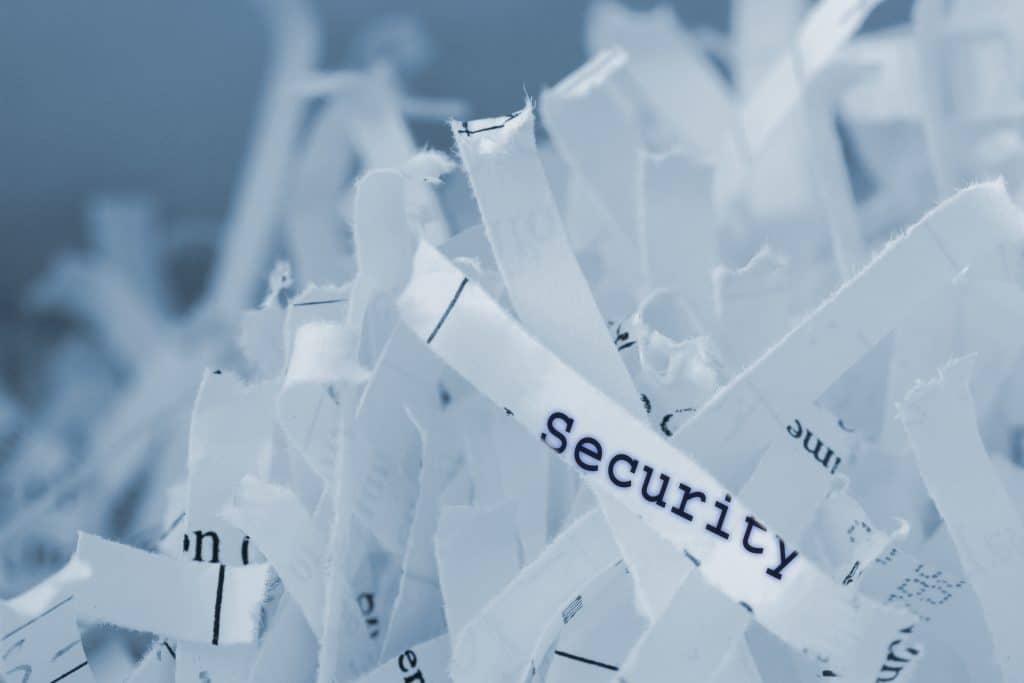 Security Engineered Machinery Co., Inc. (SEM), global leader in high security information end-of-life solutions, announced the introduction of a line of hard drive destroyers specifically engineered for enterprise drive destruction. The Enterprise Line, which includes rotational and solid state shredders and a disintegrator, is the first of its kind in the data destruction industry.
Security Engineered Machinery Co., Inc. (SEM), global leader in high security information end-of-life solutions, announced the introduction of a line of hard drive destroyers specifically engineered for enterprise drive destruction. The Enterprise Line, which includes rotational and solid state shredders and a disintegrator, is the first of its kind in the data destruction industry.
“We engineered the Enterprise Line to address the needs of our data center clients,” said Nicholas Cakounes, Executive Vice President of SEM. “The overwhelming client feedback we received expressed an imminent need for data destruction devices that could easily handle the larger, thicker, denser enterprise drives commonly found in data center environments.”
The Enterprise Line includes the compact, quiet Model 0315 hard drive shredder designed for office use, as well as the high-volume Model 0305 and Model 0304 shredders. The 0315 shreds up to 90 enterprise rotational hard disk drives (HDDs) and up to 120 enterprise solid state drives (SSDs) per hour at 1.5” final particle size, whereas the industrial grade 0305 and 0304 destroy up to 800 HDDs/1,200 SSDs and 1,400 HDDs/2,000 SSDs per hour, respectively. All three models are available in multiple configurations to accommodate a variety of user requirements: rotational hard disk drive (HDDs) only, solid state drive (SSD) only, and a combo version that destroys both HDDs and SSDs utilizing separate feed openings and cutting chambers. Final particle size for HDDs ranges from 1.5” to 0.75”, and final particle size for SSDs is 0.375”. All shredders in the new Enterprise Line are noted on the NSA/CSS Evaluated Products List (EPL) for HDD Destruction Devices as an approved solution for the “deformation of magnetic media hard drive platters” and are GDPR, NIST 800-88, SOX, FACTA, HIPAA, FISMA, NAID, and DoD compliant.
In addition to the three shredder models, SEM’s new Enterprise Line includes the Model 2SSD Disintegrator engineered to destroy SSDs to a nominal particle size of 2mm2. This newly redesigned machine employs an industrial grade, dual stage cutting system with specially enhanced cutting blades and sizing screens to provide maximum throughput in an office environment. Designed with a custom, steel-insulated sound enclosure for maximum sound control, the 2SSD also features an internal carbon-based pre-filter and HEPA air filtration system for operator safety as well as odor and dust control. Click for video.
“After pilot testing the devices with our existing Fortune 50 data center clients, we realized that the Enterprise Line provides the ideal solution to organizations looking to safeguard privacy and mitigate risk in the data center and beyond,” added Andrew Kelleher, President of SEM. “In addition to data centers, security-focused organizations such as the federal government, healthcare providers, and financial institutions are facing increased compliance requirements in parallel with more frequent use of enterprise drives into their data centers. The problem becomes what to do with the drives at end-of-life to maintain privacy and compliance — we are providing that solution.”
All devices in the Enterprise Line are specifically designed for enterprise drive destruction with increased torque, industrial grade construction, and more rugged cutting heads, enabling the system to cut through multiple steel plates, carriers, and other enterprise drive constructed components such as heat sinks and cooling tubes.





 Look through a catalog or web site for high security information destruction devices and you’ll find so many types of machines: shredders, disintegrators, crushers, grinders, and more. Some machines handle one type of material, like just CDs and DVDs for example. Other machines destroy two or more kinds of media.
Look through a catalog or web site for high security information destruction devices and you’ll find so many types of machines: shredders, disintegrators, crushers, grinders, and more. Some machines handle one type of material, like just CDs and DVDs for example. Other machines destroy two or more kinds of media.





